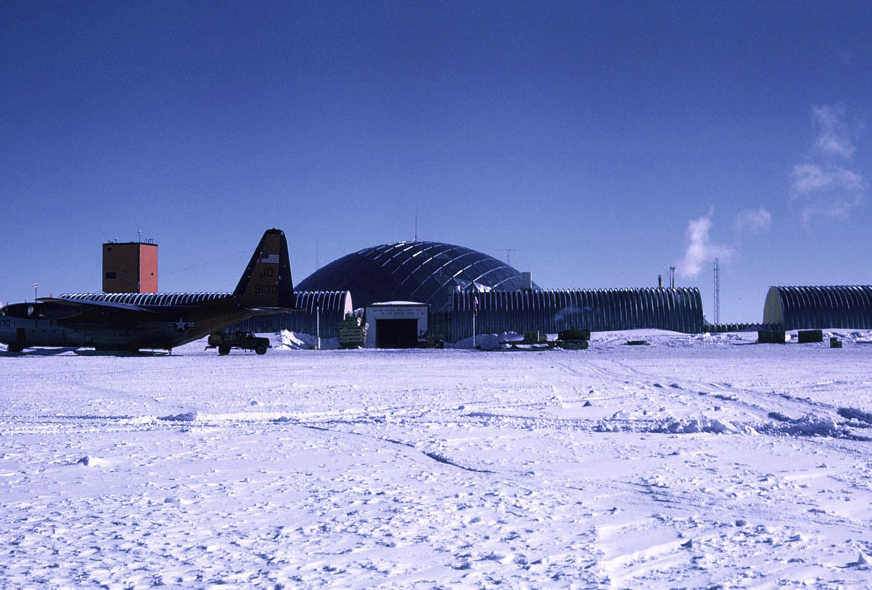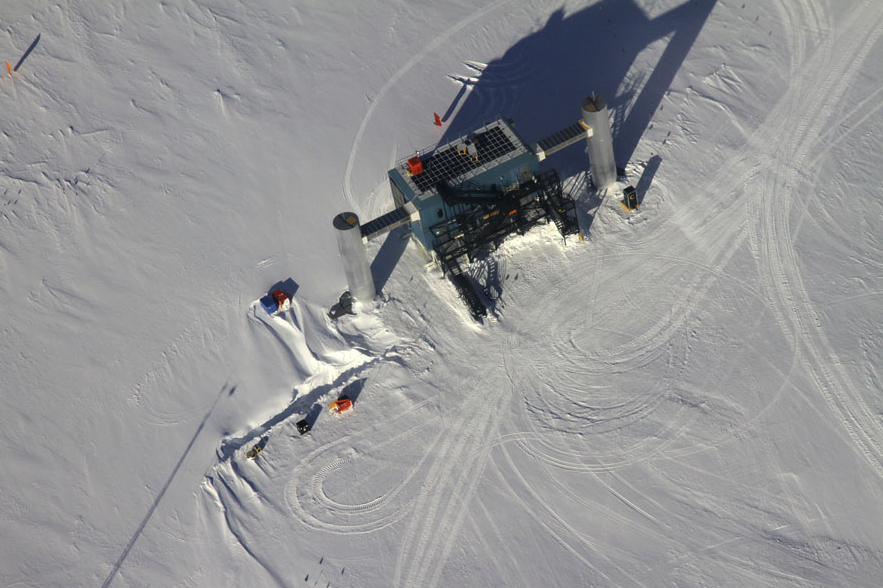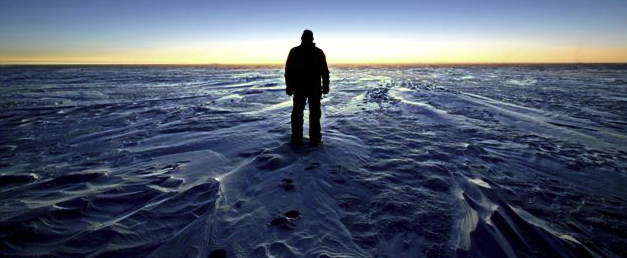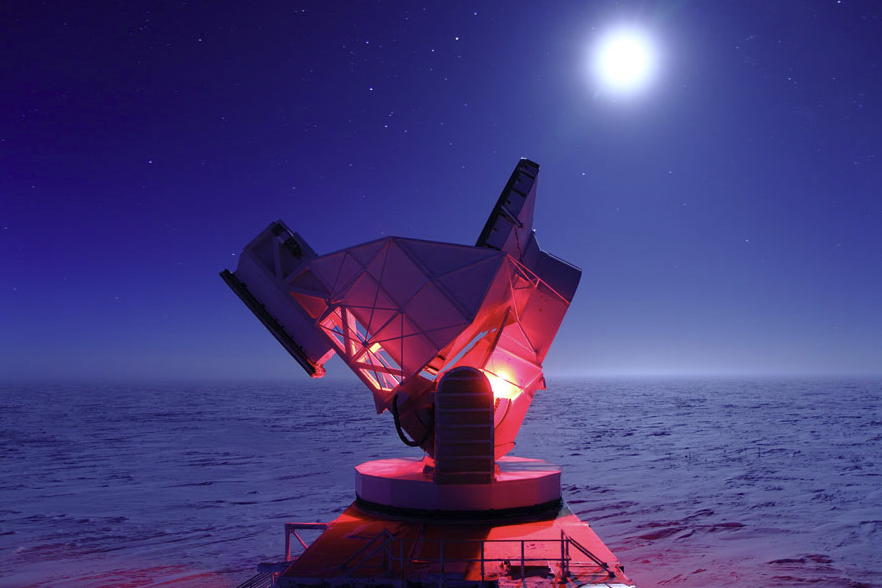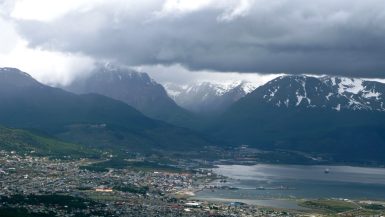When you tell people you’re going to Antarctica, they usually picture you stepping off a plane onto a sheet of ice, penguins waddling in the background like extras in a nature documentary. The reality? It starts in Ushuaia, Argentina, a city perched at the edge of the world, where the Andes tumble into the sea and the wind tastes like adventure.
Ushuaia: Gateway to the White Continent
Flying into Ushuaia feels like landing on a secret. The mountains rise like jagged teeth, their snowcaps glowing under a sun that never seems to set properly in summer. The streets are lined with colorful houses, and the harbor brims with ships that look like they’ve been built for quests, not cruises. I spent my first night wandering along the waterfront, watching the lights shimmer on the Beagle Channel, and thinking: This is it—the last stop before nowhere.

The next morning, I boarded the vessel that would take me across the Drake Passage, a stretch of ocean so notorious it has its own personality. Some days it’s calm, others it’s a washing machine set to “violent.” Ours? Somewhere in between. I spent two days watching albatrosses glide like winged poets and wondering if my stomach would ever forgive me.

First Glimpse of Antarctica
When the icebergs appeared, it felt like stepping into a dream. They weren’t just chunks of frozen water—they were cathedrals sculpted by wind and time, glowing in shades of blue so deep they made the sky jealous. Penguins dotted the shoreline like tuxedoed greeters, and seals lounged on floes as if auditioning for a luxury spa commercial.

We made landfall near a research outpost, and the silence hit me first. Antarctica doesn’t hum like forests or whisper like deserts—it’s a vast, white hush, broken only by the crack of ice and the occasional squawk of a skua. The air was so clean it felt like drinking water with every breath.
The South Pole Research Station

Getting to the South Pole isn’t just a hop from the coast—it’s a logistical ballet. From the landing site, we flew in a ski-equipped plane over a landscape that looked like infinity had been ironed flat. Hours later, the station appeared—a cluster of futuristic modules perched on stilts, defying the cold like stubborn outposts of humanity.
Walking out onto the ice at the geographic South Pole was surreal. There’s a ceremonial marker—a striped pole surrounded by flags—and a real marker that shifts every year as the ice moves. I touched both, because why not? Standing there, 90° south, every direction was north. The sun circled overhead like a lazy halo, and the temperature laughed in the face of thermometers. It was cold, yes, but it was also pure—like the world had been distilled down to its essence.
Inside the station, life was a mix of science and survival. Researchers in parkas huddled over instruments, measuring everything from cosmic rays to ice cores. Meals were hearty, conversations warm, and the sense of camaraderie was palpable. Out here, you learn quickly: the continent doesn’t care who you are. It only respects preparation.

Why It Matters
Antarctica isn’t just a destination—it’s a revelation. It strips away noise, leaving you with silence and scale. It reminds you that the planet is vast, fragile, and astonishing. And when you stand at the bottom of the Earth, you realize something profound: adventure isn’t about conquering places. It’s about letting them change you.

